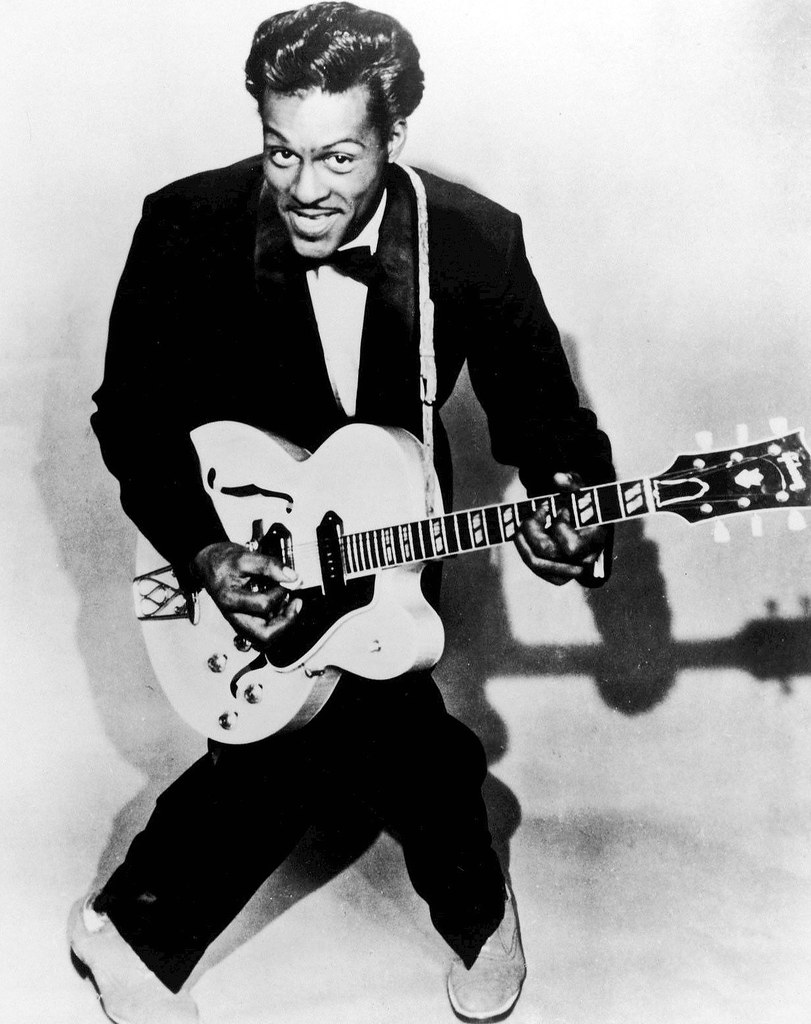“Like a Rolling Stone” – The Song That Changed Everything
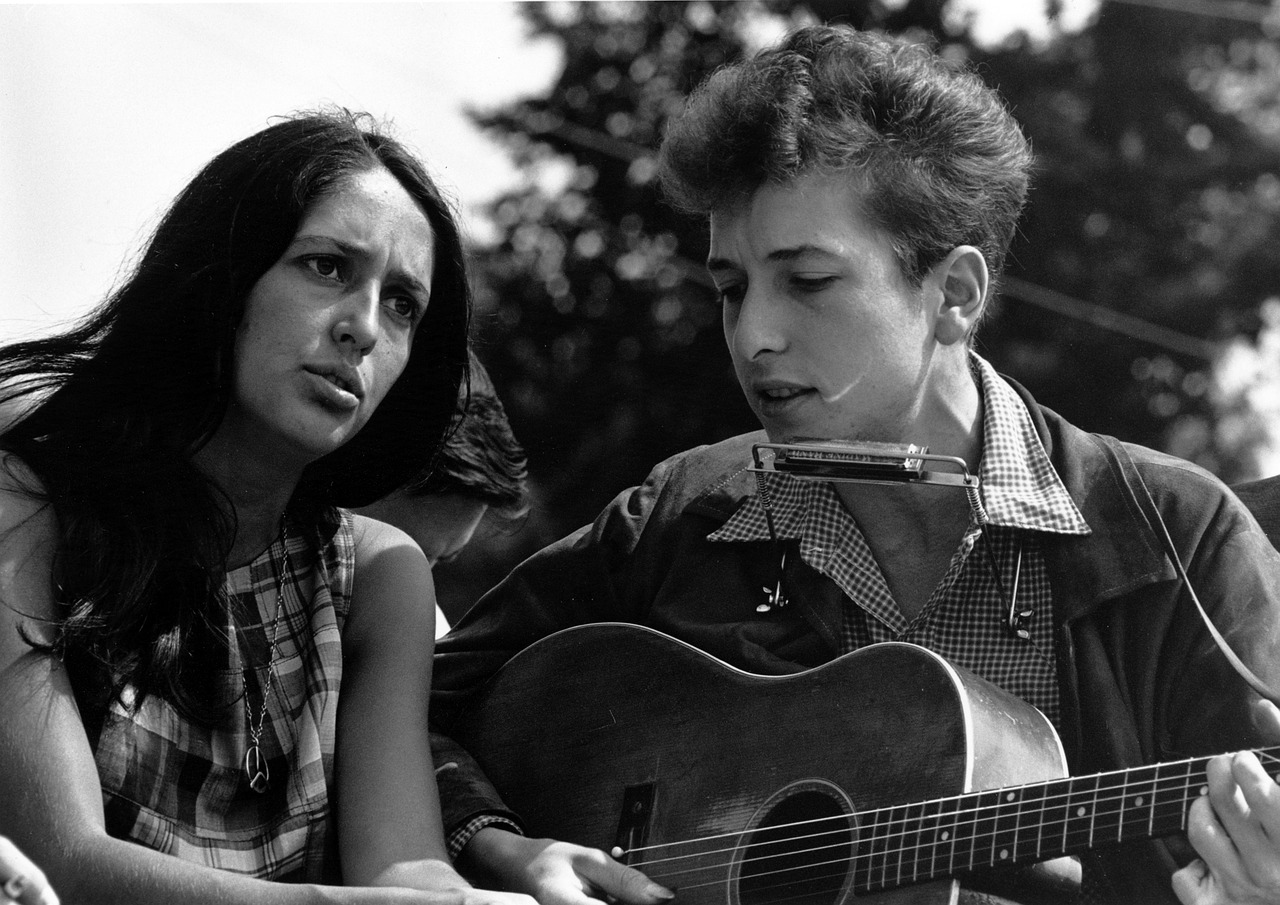
Picture this: it’s 1965, and most radio hits clock in at three minutes max. Then Bob Dylan releases a six-minute epic that tells record executives they’re dead wrong about what people want to hear. Rolling Stone placed “Like a Rolling Stone” at number one on its list of the “500 Greatest Songs of All Time” in 2004 and 2010, later re-ranking it at number 4 in their 2021 list. The song peaked at #2 in the week of September 4, 1965, blocked from the #1 spot by the Beatles’ “Help,” but Dylan “transformed popular song with the content and ambition of ‘Like a Rolling Stone’”. According to Dylan’s official website, he performed the song live over 2,000 times, as of 2019. What makes this track revolutionary isn’t just its length—it’s how Dylan threw folk music’s rulebook out the window and invented folk-rock in the process. His poetic lyrics mixed with the louder sound from the band helped to create and popularize the folk-rock genre. The song literally kicked open doors, as Bruce Springsteen famously said about that opening snare shot.
“Smells Like Teen Spirit” – Grunge Goes Global

Nobody saw it coming. A scruffy band from Seattle releases a song with incomprehensible vocals and a deodorant-inspired title, and suddenly the entire music industry flips upside down. After releasing Nevermind, the album went on to outsell the legendary Michael Jackson’s album Bad, as it soon became number one on Billboard, proving that the grunge scene could become a dominant force in music. The song surpassed a billion streams on Spotify in summer 2021, and having sold over 13 million units worldwide, it is one of the best-selling songs of all time. Nirvana’s music video for “Smells Like Teen Spirit” has hit 2 billion streams on YouTube, roughly 15 years after being uploaded, with the video hitting one billion views in 2019 and getting another billion in about half the time. The track didn’t just launch Nirvana to fame—it single-handedly ended the reign of hair metal and made flannel shirts a fashion statement. With its success, record companies turned grunge into one of the most profitable and best-selling rock sub-genres.
“Respect” – Aretha Franklin’s Declaration of Independence
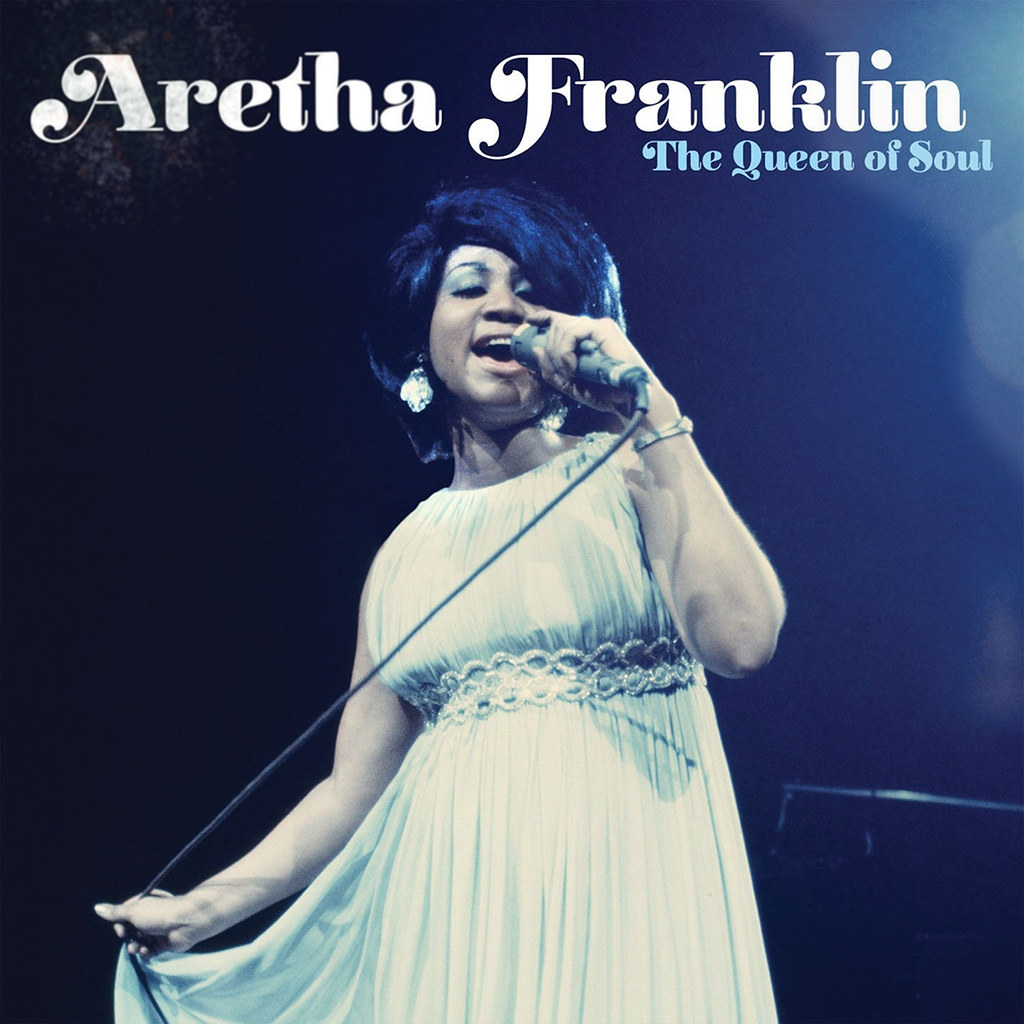
When Aretha Franklin took Otis Redding’s “Respect” and flipped it into a feminist anthem, she didn’t just cover a song—she rewrote the rules of soul music and female empowerment. The Queen of Soul transformed a man’s plea into a woman’s demand, adding that unforgettable “R-E-S-P-E-C-T” spelling that became cultural shorthand for standing your ground. Her version became bigger than the original, climbing to #1 on both pop and R&B charts in 1967. The song arrived during the civil rights movement and women’s liberation, making it a double-barreled statement of empowerment. Franklin’s powerhouse vocals and the song’s message of demanding what you deserve resonated far beyond music, becoming a rallying cry that still echoes today. This wasn’t just a hit—it was a revolution wrapped in three minutes of pure vocal fire.
“Good Vibrations” – The Beach Boys’ Studio Symphony
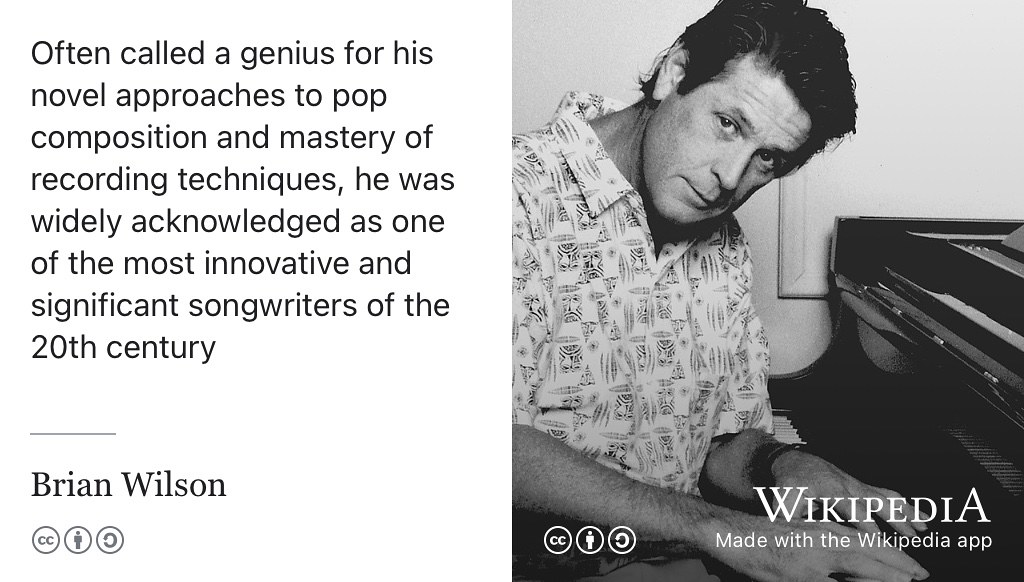
Brian Wilson spent six months and $50,000 creating what many consider the first true art-pop masterpiece. “Good Vibrations” wasn’t just recorded—it was constructed like a musical skyscraper, with Wilson piecing together sections recorded in different studios over half a year. The song introduced the theremin to mainstream pop, that otherworldly electronic sound that made your spine tingle. It hit #1 in multiple countries and showed the world that pop music could be both experimental and commercially successful. Wilson called it his “pocket symphony,” and he wasn’t exaggerating. The track’s revolutionary production techniques, from its modular construction to its layered harmonies, influenced everyone from The Beatles to modern electronic artists. It proved that three-minute pop songs could contain the complexity of classical compositions while still making people dance.
“Billie Jean” – Michael Jackson’s MTV Revolution
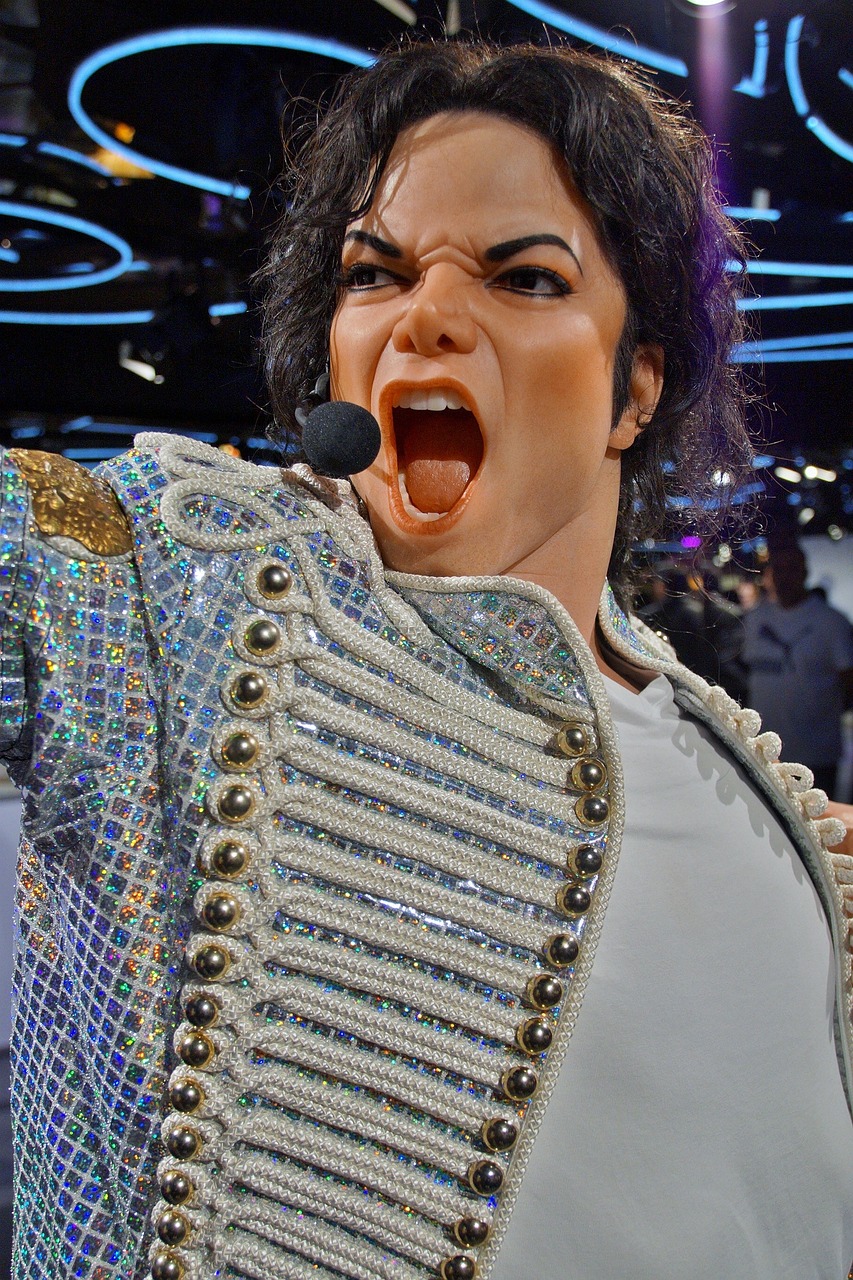
When Michael Jackson moonwalked across our TV screens in 1983, he didn’t just perform—he rewrote the rules of what a pop star could be. Jackson said he felt “Billie Jean” would be a success as he was writing it: “A musician knows hit material. Everything has to feel in place… That’s how I felt about ‘Billie Jean’. I knew it was going to be big when I was writing it”. The single topped the charts in 13 countries, including the United States, and sold more than 10 million copies in the United States and over 1.4 million in the United Kingdom. “Billie Jean” was one of the first music videos by a black artist to be shown on MTV, which had been a channel directed toward a white, rock-oriented audience. Although the song was already a number one hit, MTV initially refused to play the video because of the network’s commitment to rock music, until CBS Records executive Walter Yetnikoff threatened to remove all of their products off MTV. Thriller would stay at #1 for a record 37 non-consecutive weeks, ruling well into 1984, and quickly becoming the best-selling studio album of all time. That seven-week run at #1 wasn’t just chart dominance—it was cultural conquest.
“Bohemian Rhapsody” – Queen’s Six-Minute Opera
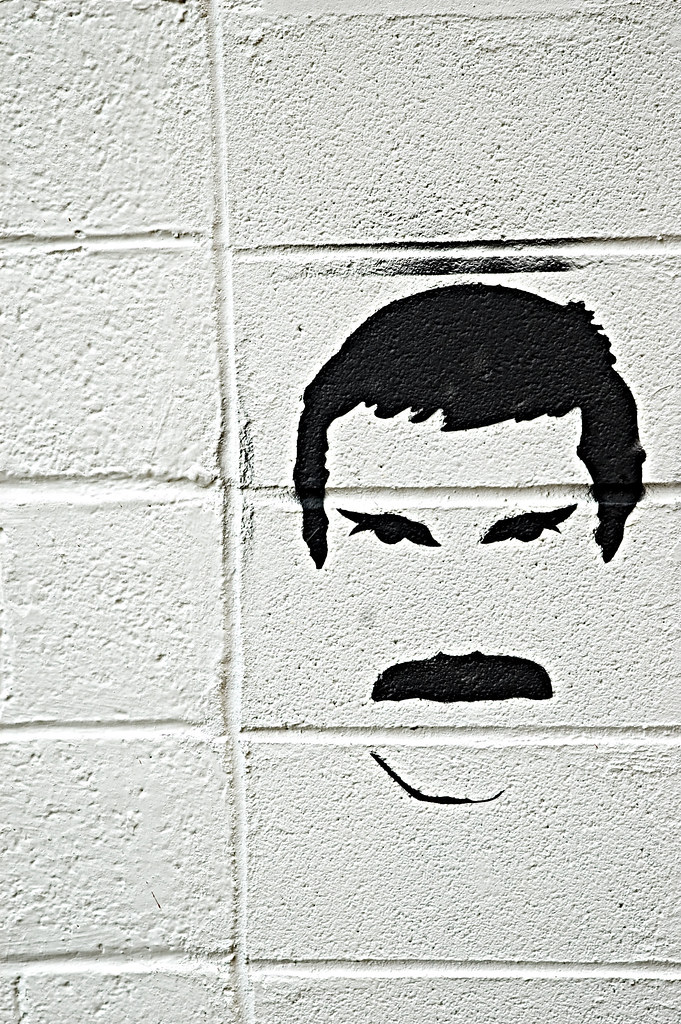
Freddie Mercury walked into the studio with a song that had no chorus, lasted six minutes, and combined opera with hard rock. Everyone thought he was crazy until “Bohemian Rhapsody” proved that radio audiences were ready for something completely different. The song topped UK charts for nine consecutive weeks in 1975 and introduced the world to the concept of the music video as an art form. Its operatic middle section, featuring multi-tracked harmonies and characters like Scaramouche and Figaro, was unlike anything in popular music. The track’s success proved that audiences would embrace complexity if it was delivered with enough passion and theatricality. Mercury’s four-octave vocal range and the band’s instrumental prowess created a template for progressive rock that influenced countless artists. When it resurged after the movie “Wayne’s World” in 1992, reaching #2 again, it proved its timeless appeal across generations.
“What’s Going On” – Marvin Gaye’s Social Conscience
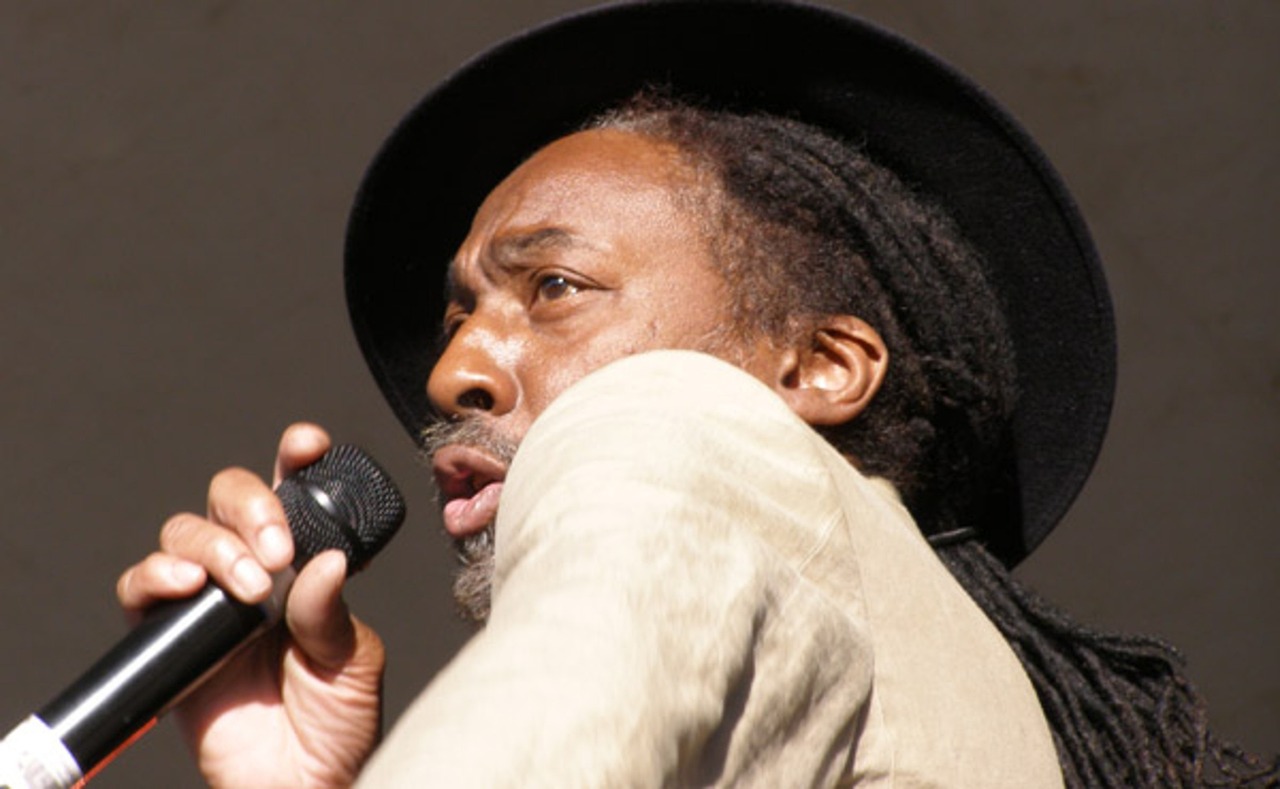
Marvin Gaye risked his entire career when he refused to record more dance tracks and instead created a concept album about Vietnam, poverty, and social injustice. “What’s Going On” marked the moment when Motown stopped being just about love songs and started addressing real-world problems. The song’s jazz-influenced arrangement, featuring layered vocals and sophisticated production, elevated soul music to new artistic heights. Gaye’s smooth delivery of hard truths made medicine go down easy, addressing police brutality and environmental destruction with a gentle touch that somehow made the message more powerful. The track reached #2 on the Billboard Hot 100 and became a template for socially conscious soul music. Its influence can be heard in everyone from Stevie Wonder to D’Angelo, proving that pop music could carry profound messages without sacrificing groove. Berry Gordy initially hated it, but Gaye’s insistence on releasing it changed Motown’s direction forever.
“Born to Run” – Bruce Springsteen’s American Dream
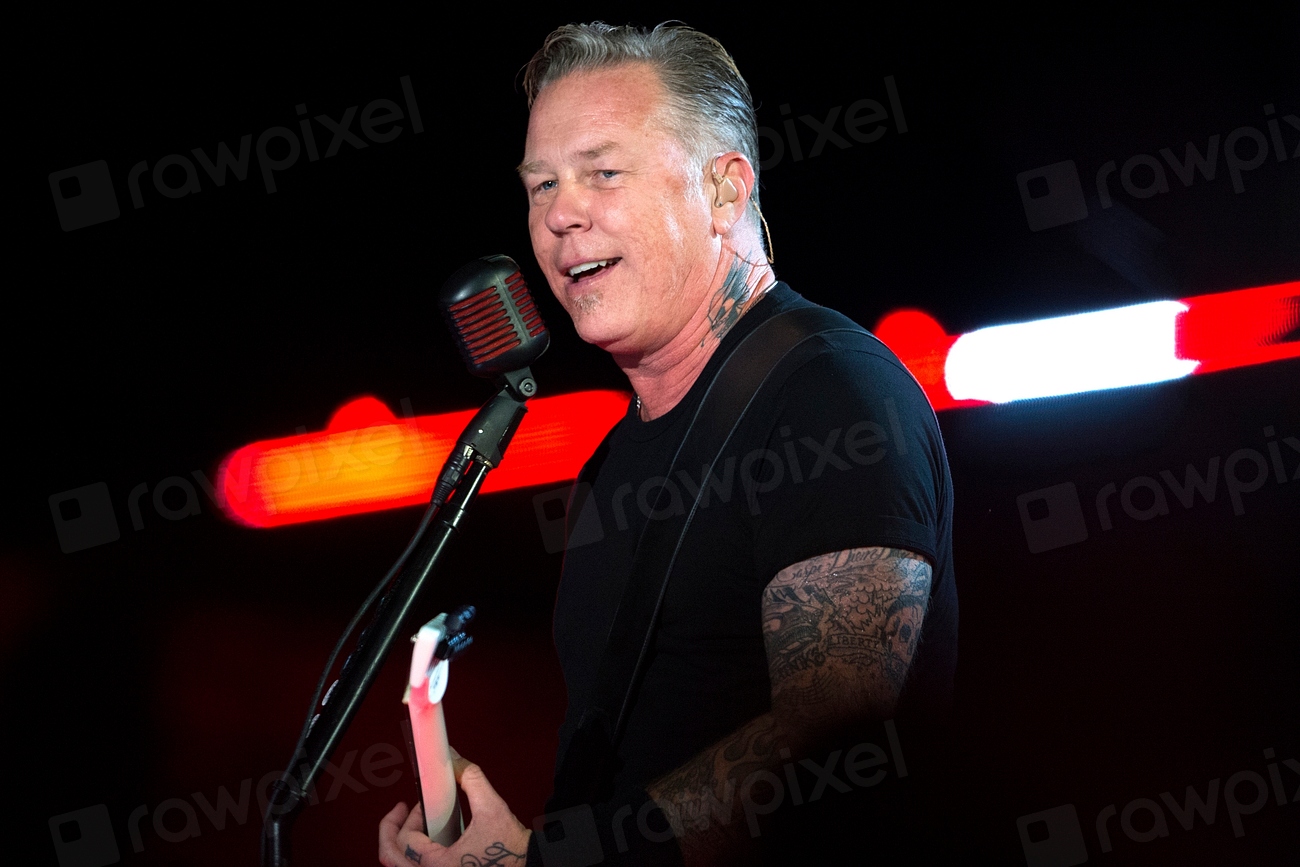
Bruce Springsteen spent six months perfecting “Born to Run,” overdubbing it so many times that he nearly destroyed his voice and his sanity. The song was his make-or-break moment—if it flopped, his record deal was done. Instead, it became the anthem of working-class America and launched The Boss into superstardom. The track’s Wall of Sound production, inspired by Phil Spector, created a cinematic scope that made every listen feel like a movie. Springsteen’s tale of escape and redemption captured the restless spirit of 1970s America, when the country was questioning everything from Vietnam to Watergate. The song peaked at #23 but its cultural impact far exceeded its chart position. It established Springsteen as the poet laureate of blue-collar dreams and influenced everyone from Arcade Fire to The Killers. That saxophone solo by Clarence Clemons became as iconic as any guitar riff, proving that rock and roll could incorporate jazz elements without losing its edge.
“I Want to Hold Your Hand” – The Beatles’ American Invasion
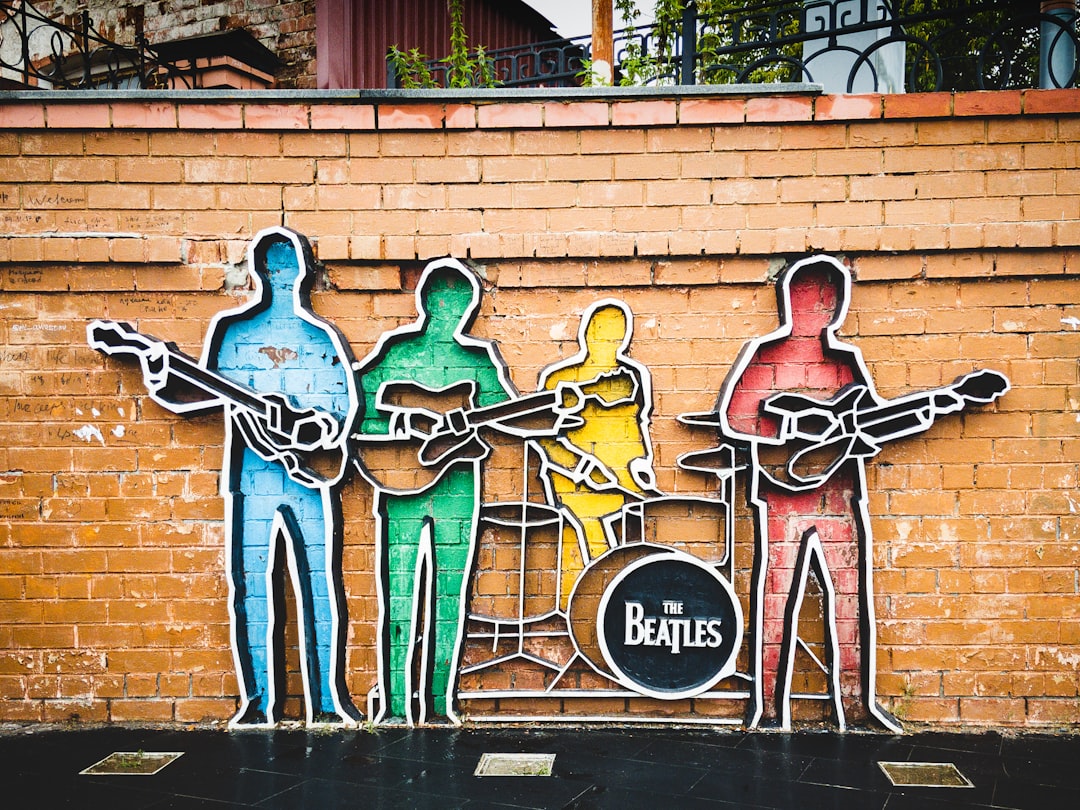
The Beatles were virtually unknown in America until “I Want to Hold Your Hand” exploded across radio stations in late 1963. The song didn’t just hit #1—it triggered the biggest cultural phenomenon in pop music history. Within weeks of its release, Beatlemania had consumed America, with the band’s appearance on The Ed Sullivan Show drawing 73 million viewers. The track’s simple but irresistible hook, combined with John and Paul’s complementary vocals, created a template for pop perfection that’s still studied today. Its success opened the floodgates for the British Invasion, with bands like The Rolling Stones and The Kinks following The Beatles across the Atlantic. The song’s production, featuring innovative use of stereo separation and layered harmonies, influenced recording techniques for decades. More than just launching the most successful band in history, it proved that rock and roll could be both innocent and revolutionary, changing fashion, hairstyles, and youth culture forever.
“Purple Haze” – Jimi Hendrix’s Guitar Revolution

When Jimi Hendrix unleashed “Purple Haze” in 1967, he didn’t just play guitar—he reinvented what the instrument could do. “Purple Haze” is a cornerstone of rock music, encapsulating the revolutionary spirit and innovative genius of one of the most influential guitarists of all time, released in March 1967 as the second single of The Jimi Hendrix Experience. “Purple Haze” was not only a commercial success, reaching the top ten in the UK charts, but it also became an anthem for a generation. In March 2005, Q magazine ranked “Purple Haze” at number one in its list of the “100 Greatest Guitar Tracks Ever!” The song placed at number two on Rolling Stone magazine’s “100 Greatest Guitar Songs of All Time” list, which noted that the song “unveiled a new guitar language charged with spiritual hunger and the poetry possible in electricity and studio technology”. The opening riff, built on the “devil’s interval” tritone, immediately set it apart from anything else on radio. His innovative use of amplification and effects pedals allowed him to produce tones and textures that had never been heard before, cementing his reputation as a pioneer in electric guitar artistry. The song’s psychedelic lyrics and Hendrix’s otherworldly guitar work captured the spirit of the 1960s counterculture perfectly.
“Walk This Way” – Run-D.M.C. & Aerosmith’s Genre-Bending Breakthrough
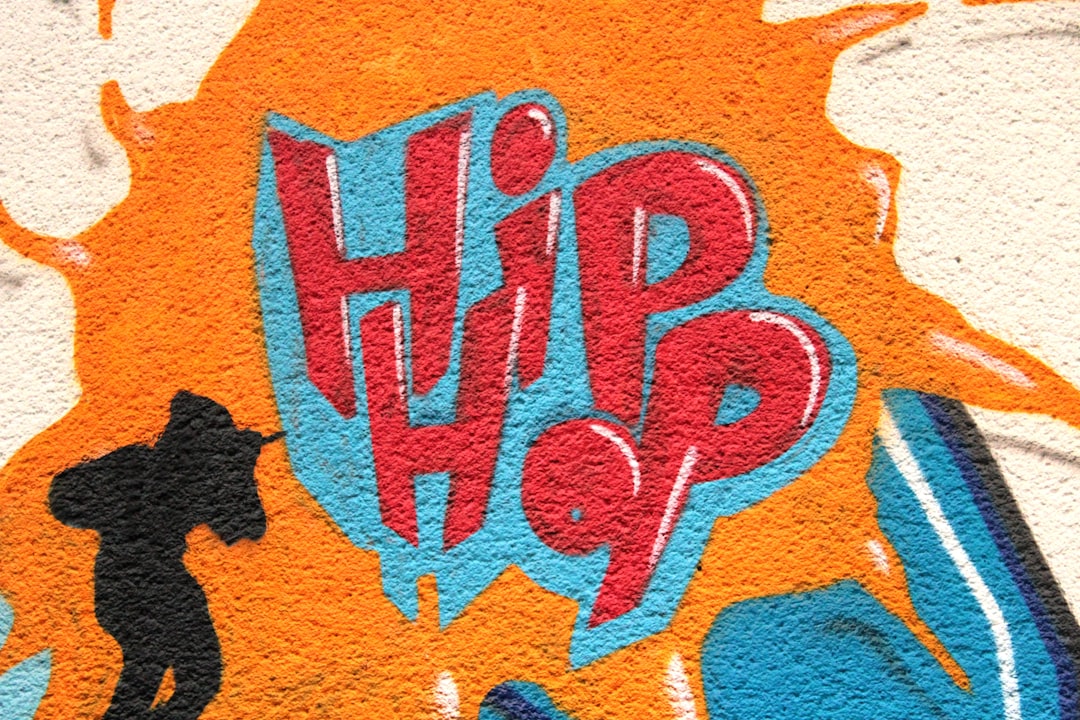
In 1986, hip-hop and rock seemed like oil and water until Run-D.M.C. and Aerosmith proved everyone wrong with their collaboration on “Walk This Way.” The track didn’t just cross genres—it bulldozed the walls between them entirely. Run-D.M.C.’s innovative approach of sampling Aerosmith’s original 1975 hit while bringing Steven Tyler and Joe Perry into the studio created something nobody had heard before. The song reached #4 on the Billboard Hot 100, becoming the first rap song to crack the top 5 and introducing hip-hop to mainstream rock audiences. Its success opened doors for countless rap-rock collaborations and proved that hip-hop could revitalize classic rock for new generations. The music video, featuring both groups performing together, became an MTV staple and visual proof that musical barriers were meant to be broken. This collaboration didn’t just create a hit—it created a blueprint for musical fusion that influences artists today.
“Superstition” – Stevie Wonder’s Funk Masterpiece

Stevie Wonder didn’t just write “Superstition”—he played almost every instrument on it, creating a one-man funk orchestra that redefined what was possible in popular music. The song’s signature clavinet riff, processed through a wah-wah pedal, became one of the most recognizable hooks in music history. Released in 1972, it shot to #1 on both pop and R&B charts, proving that complex, syncopated rhythms could dominate mainstream radio. Wonder’s innovative use of synthesizers and electronic effects pointed toward the future of popular music, influencing everyone from Prince to modern EDM producers. The track’s lyrics about irrational beliefs resonated with listeners questioning authority and tradition during the early 1970s. Originally intended for Jeff Beck, Wonder’s decision to keep the song for himself changed his career trajectory from teen star to mature artist. Its polyrhythmic structure and sophisticated harmony showed that funk could be both danceable and intellectually complex, inspiring generations of musicians to push creative boundaries.
“Hotel California” – The Eagles’ Dark American Dream

The Eagles spent eight months crafting “Hotel California,” creating what many consider the perfect encapsulation of 1970s American excess and disillusionment. The song’s mysterious lyrics about a luxurious but sinister hotel became America’s musical Rorschach test, with interpretations ranging from commentary on the music industry to critiques of California hedonism. Its iconic guitar work, featuring the intertwining leads of Don Felder and Joe Walsh, culminated in one of rock’s most celebrated solos. The track spent one week at #1 in 1977 but its cultural impact lasted decades, becoming the Eagles’ signature song and a classic rock radio staple. The song’s sophisticated production, incorporating elements of country, rock, and even Latin music, influenced the development of album-oriented rock. Its success helped make “Hotel California” the album one of the best-selling records of all time. The track’s enduring popularity proved that audiences were hungry for music that combined accessibility with depth, paving the way for progressive rock elements in mainstream music.
“Imagine” – John Lennon’s Peace Anthem
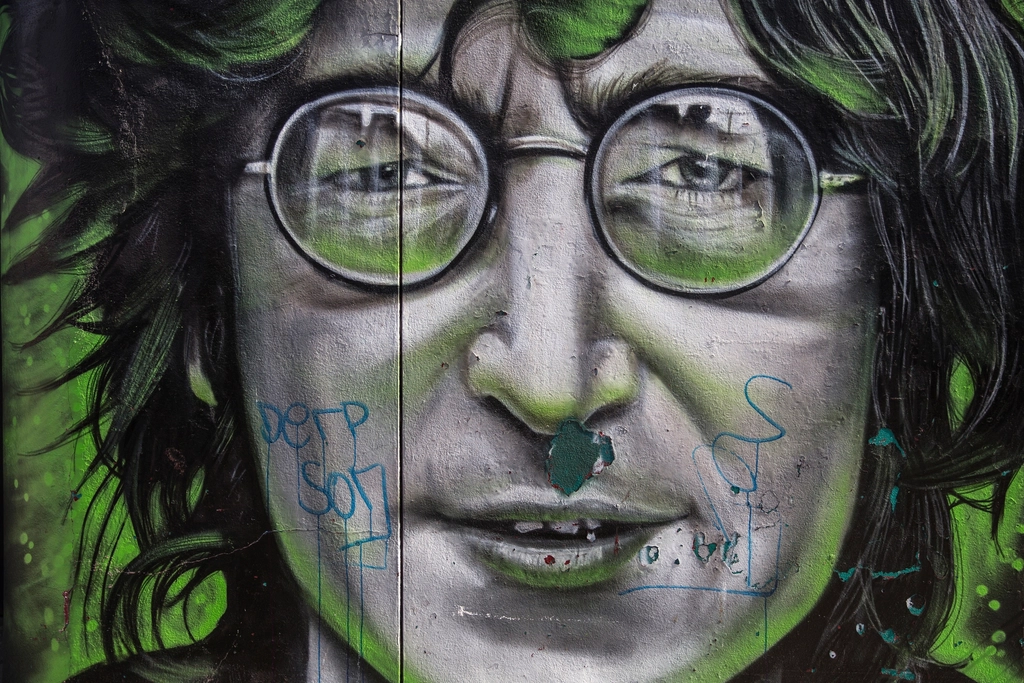
John Lennon’s “Imagine” asked listeners to envision a world without religion, countries, or possessions—and somehow made this radical concept into a gentle piano ballad that everyone could sing along to. Released in 1971, just a year after The Beatles’ breakup, the song showcased Lennon’s ability to distill complex philosophical ideas into simple, memorable melodies. The track reached #3 in the US and #6 in the UK, but its influence extended far beyond chart positions. “Imagine” became the unofficial anthem of the peace movement, played at rallies, memorial services, and moments of international crisis. Its message of unity and hope resonated across cultures and generations, making it one of the most covered songs in history. The song’s minimalist arrangement, featuring just Lennon’s piano and vocals with subtle orchestration, proved that the most powerful music doesn’t need elaborate production. Despite—or perhaps because of—its utopian vision, “Imagine” remains relevant whenever the world faces division and conflict, cementing Lennon’s legacy as music’s most hopeful visionary.
“Johnny B. Goode” – Chuck Berry’s Rock and Roll Blueprint
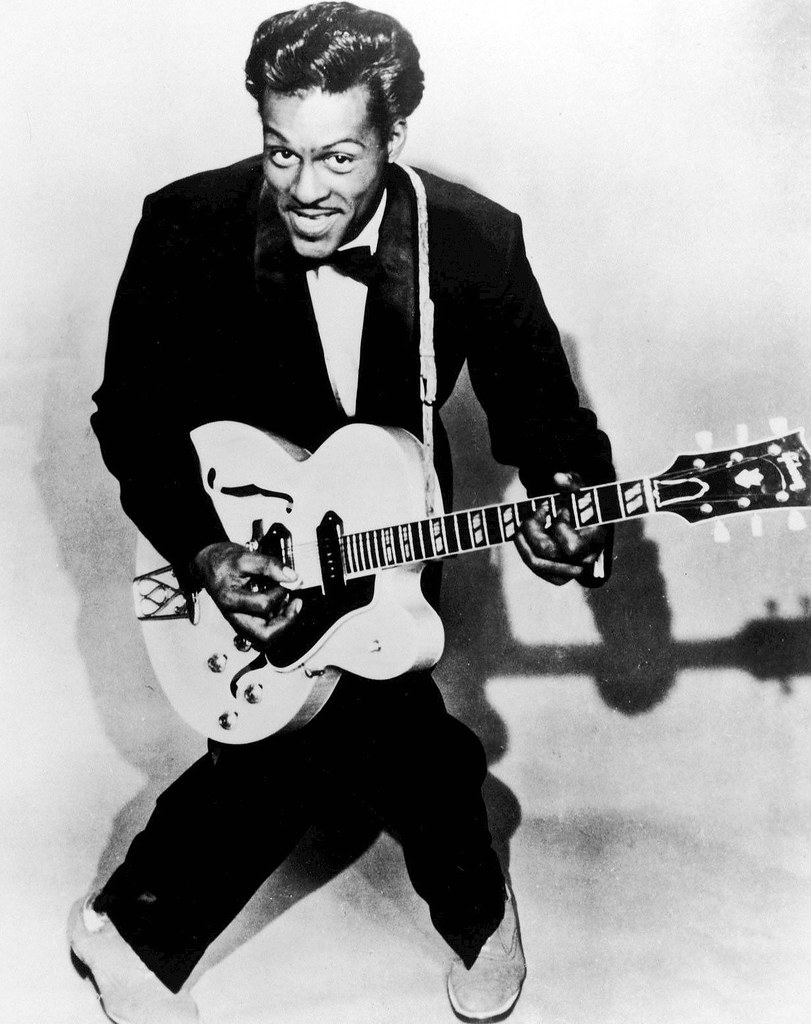
Chuck Berry didn’t just write “Johnny B. Goode”—he wrote the DNA of rock and roll itself. Released in 1958, the song’s opening guitar riff became the most copied lick in rock history, influencing everyone from The Beatles to AC/DC. Berry’s storytelling approach, chronicling a country boy’s rise to fame through his guitar skills, created the template for rock mythology that countless artists would follow. The song peaked at #8 on the Billboard Hot 100 but its cultural impact was immeasurable, essentially inventing the concept of the guitar hero. Berry’s innovative playing style, combining country picking with blues bending and jazz chromaticism, established techniques that remain fundamental to rock guitar. The song’s narrative structure, complete with verse-chorus form and instrumental breaks, became the standard format for rock songs. When NASA included “Johnny B. Goode” on the Voyager Golden Record in 1977, they literally launched it into space as an example of human achievement. The track proved that rock and roll could be both musically sophisticated and irresistibly catchy.
“Stayin’ Alive” – Bee Gees’ Disco Domination

The Bee Gees transformed from folk-rock balladeers into disco kings with “Stayin’ Alive,” creating one of the most recognizable songs in popular music history. The track’s steady 120 beats per minute made it perfect for dancing and, coincidentally, for CPR compressions, giving it an unexpected second life in medical training. Released in 1977 as part of the “Saturday Night Fever” soundtrack, the song helped turn disco from underground club music into a global phenomenon. The Gibb brothers’ falsetto harmonies, layered over a relentless rhythm section, created a sound that was both futuristic and deeply funky. “Stayin’ Alive” spent four weeks at #1 and became the anthem of an entire era, embodying the escapist spirit of late-1970s nightclub culture. The song’s success helped make “Saturday Night Fever” one of the best-selling soundtracks ever, proving that movies and music could create mutually beneficial cultural moments. Its influence extended beyond disco, inspiring electronic dance music producers and showing how repetitive rhythms could create hypnotic, irresistible grooves.

